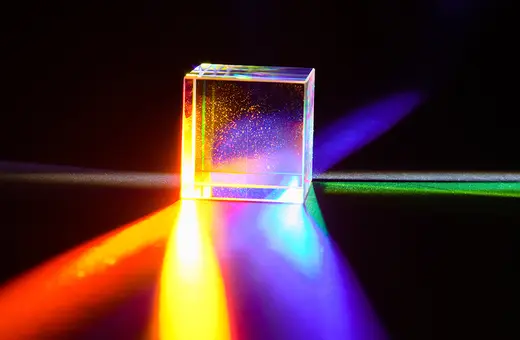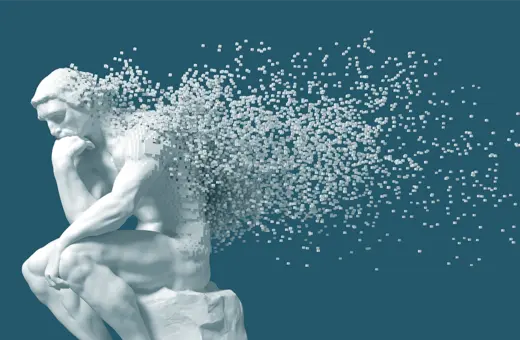Physicists have gathered evidence that space-time can behave like a fluid. Mathematical evidence, that is, but still evidence. If this relation isn’t a coincidence, then space-time – like a fluid – may have a substructure.
We shouldn’t speak of space and time as if the two were distant cousins. We have known at least since Einstein that space and time are inseparable, two hemispheres of the same cosmic brain, joined to a single entity: space-time. Einstein also taught us that space-time isn’t flat, like paper, but bent and wiggly, like a rubber sheet. Space-time curves around mass and energy and this gives rise to the effect we call gravity.
That’s what Einstein said. But turns out if you write down the equations for small wiggles in a medium – such as soundwaves in a fluid – then the equations look exactly like those of waves in a curved background.
Yes, that’s right. Sometimes, waves in fluids behave like waves in a curved space-time; they behave like waves in a gravitational field. Fluids, therefore, can be used to simulate gravity. And that’s some awesome news because this correspondence between fluids and gravity allows physicists to study situations that are otherwise experimentally inaccessible; for example, what happens near a black hole horizon or during the rapid expansion of the early universe.
This mathematical relation between fluids and gravity is known as “analog gravity.” That’s “analog” as in “analogy” not as opposed to digital. But it’s not just math. The first gravitational analogies have been created in a laboratory.
Most amazing is the work by Jeff Steinhauer at Technion, Haifa. Steinhauer used a condensate of supercooled atoms that “flows” in a potential of laser beams which simulate the black hole horizon. In his experiment, Steinhauer wanted to test whether black holes emit radiation as Stephen Hawking predicted. The temperature of real, astrophysical, black holes is too small to be measurable. But if Hawking’s calculation is right, then the fluid-analogy of black holes should radiate too.
Black holes trap light behind the “event horizon.” A fluid that simulates a black hole doesn’t trap light; instead it traps the fluid’s soundwaves behind what is called the “acoustic horizon.” Since the fluid analogies of black holes aren’t actually black, Bill Unruh suggested calling them “dumb holes.” The name stuck.
__
"What if the fluid analogy is more than an analogy? Maybe space-time really behaves like a fluid; maybe it is a fluid.'"
___
But whether the horizon catches light or sound, Hawking-radiation should be produced regardless, and it should appear in form of fluctuations (in the fluid or quantum matter fields, respectively) that are paired across the horizon.
Steinhauer claims he has measured Hawking-radiation produced by an acoustic black hole. His results are, at present, somewhat controversial – not everyone is convinced he has really measured what he claims he did – but I am that sure sooner or later this will be settled. More interesting is that Steinhauer’s experiment showcases the potential of the method.
Of course fluid-analogies are still different from real gravity. Mathematically, the most important difference is that the curved space-time which the fluid mimics has to be designed. It is not, unlike real gravity, an automatic reaction to energy and matter; instead, it is part of the experimental setup. However, this is a problem which, at least in principle, can be overcome with a suitable feedback loop.



















Join the conversation